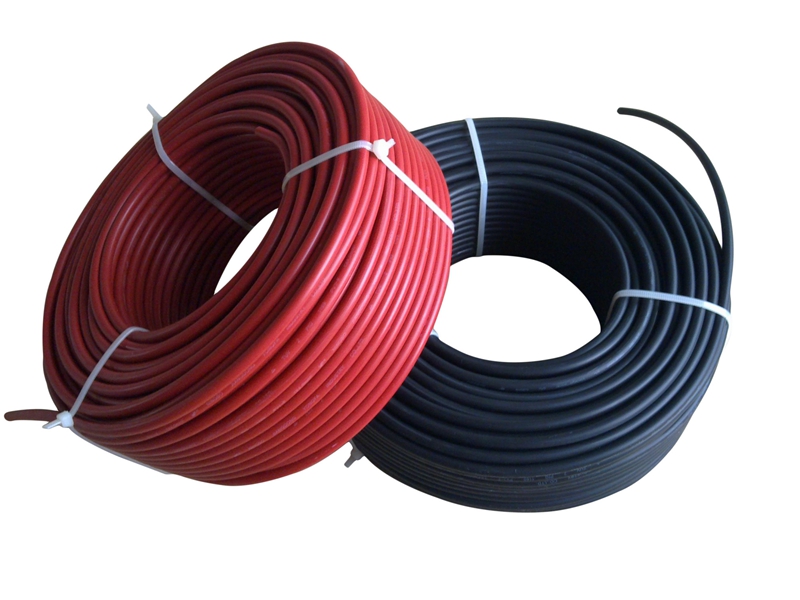Photovoltaic wire is the special line of solar photovoltaic cable, the model is PV1-F. What is the difference between solar photovoltaic wire and ordinary wire? Why can’t ordinary wires be used for solar PV?
Below we from the conductor, insulation, sheath and application scenarios to do comparison, analysis of the difference between the two.
Photovoltaic cable: copper conductor or tinned copper conductor
Ordinary cable: copper conductor or tinned copper conductor
Photovoltaic cable: Irradiation crosslinked polyolefin insulation
Common cable: polyvinyl chloride (PVC) or crosslinked polyethylene insulation
Photovoltaic cable: Irradiation crosslinked polyolefin insulation
Common cable: PVC sheathed
Through the above introduction, we can find that the optical volt wire and ordinary wire are consistent on the conductor, the difference between them is that their insulation layer, the material of the sheath is different.
[Irradiated crosslinked polyolefin] Irradiated crosslinked polyolefin has strong environmental adaptability, chemical corrosion resistance, creep resistance and high temperature resistance, with the highest rated temperature up to 120°C.
[polyvinyl chloride] has the advantages of stable structure, high chemical resistance, mechanical strength and good insulation characteristics, but the stability of polychloro2-ene to light and heat is poor, the highest rated temperature is 55°C.
[Crosslinked polyethylene] Its structure is a network structure, has very excellent heat resistance. Its insulation performance is also higher than PE material. Mechanical properties of hardness, stiffness, wear resistance and impact resistance have been improved. Chemical resistance, with strong acid, alkali and oil resistance. Maximum rated temperature is 90°C.
Due to the particularity of photovoltaic power generation system, there are special requirements for optical voltages. Optical voltages need to be resistant to climate, high temperature, friction, ultraviolet radiation, ozone, water hydrolysis, acid, salt, etc., and irradiation crosslinked polyolefin conforms to these characteristics. Polyvinyl chloride (PVC) or crosslinked polyethylene insulation is slightly worse than irradiated crosslinked polyolefin insulation in heat resistance, so ordinary wires can not be applied to photovoltaic power generation systems.
Post time: Jan-09-2023




